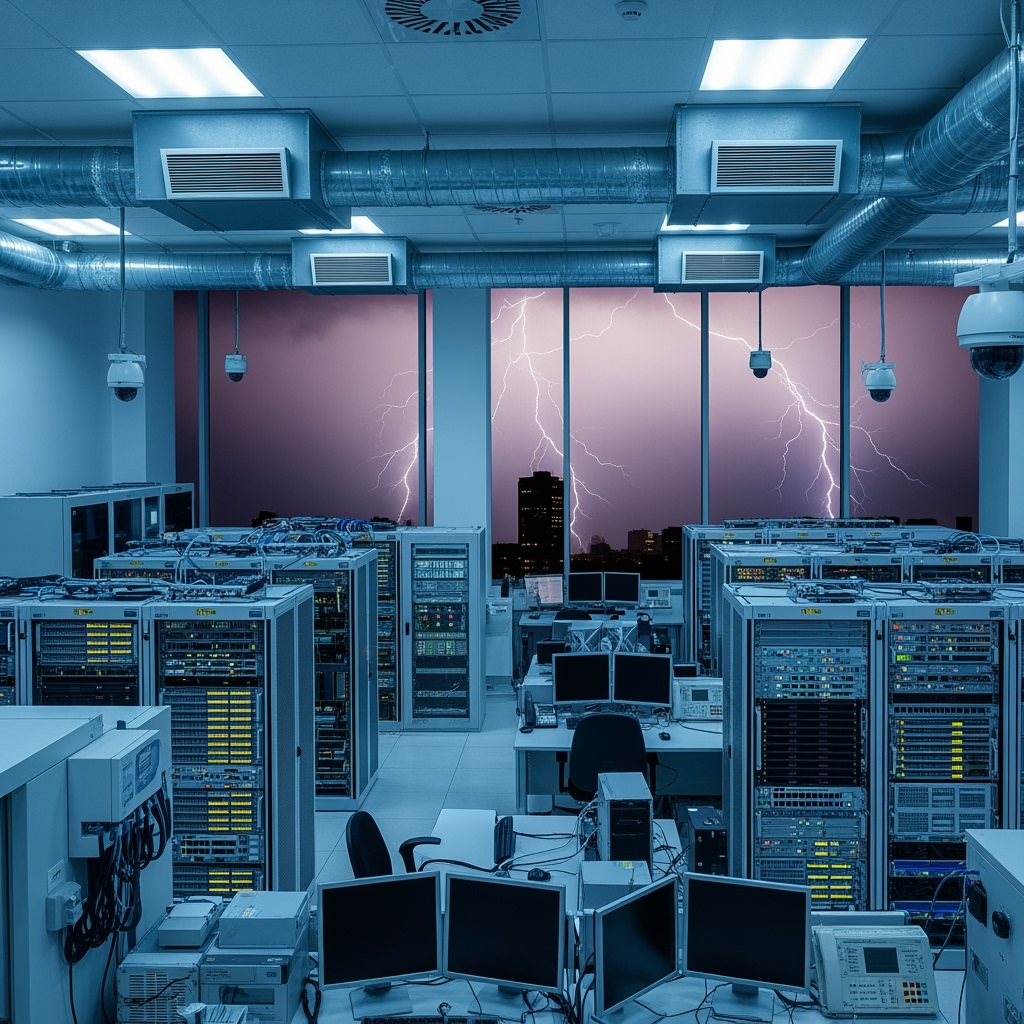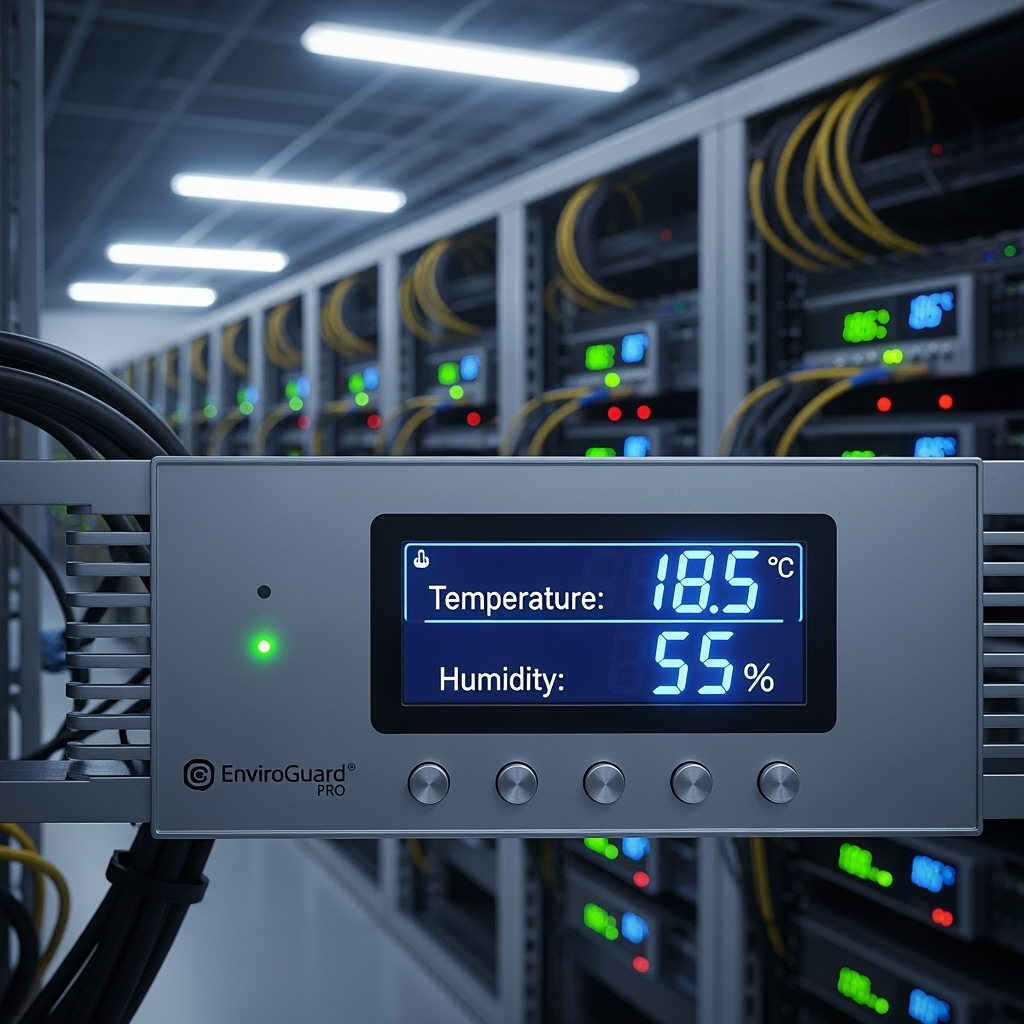Understanding the Risks: Why Storm Season Threatens Business Electronics
Storm season brings unique challenges for businesses protecting valuable electronic equipment. From power surges to humidity fluctuations, the threats to sensitive technology are numerous and potentially costly. Understanding these risks is the first step in developing a comprehensive protection strategy.

The Climate-Controlled Advantage for Electronics Storage
Climate-controlled storage units offer essential protection for business electronics during storm season. These specialized units maintain consistent temperature and humidity levels, protecting sensitive equipment from environmental damage that can occur during severe weather events.
Key Benefits of Climate-Controlled Storage for Electronics:
- Constant temperature regulation prevents overheating and condensation
- Humidity control protects against moisture damage
- Protection from sudden temperature fluctuations
- Reduced risk of static electricity buildup
- Enhanced security features for valuable equipment
Essential Steps for Storm Season Electronics Protection

1. Proper Equipment Preparation
Before storing electronic equipment, ensure each item is:
- Properly cleaned and dust-free
- Completely powered down and unplugged
- Free from batteries or removable power sources
- Wrapped in anti-static materials
- Labeled clearly for easy identification
2. Strategic Storage Organization
Organize your climate-controlled storage unit to maximize protection:
- Elevate equipment off the floor using pallets or shelving
- Create clear aisles for access and air circulation
- Group similar items together for easier inventory management
- Store cables and accessories with their corresponding equipment
- Maintain documentation of stored items and their locations
Temperature and Humidity Guidelines for Different Electronics
Optimal Storage Conditions:
- Computers and Servers: 50-82°F (10-28°C), 45-65% humidity
- Network Equipment: 50-77°F (10-25°C), 40-60% humidity
- Mobile Devices: 32-95°F (0-35°C), 45-85% humidity
- Printers and Peripherals: 50-75°F (10-24°C), 35-80% humidity
Emergency Access Planning
Develop a clear plan for accessing your stored equipment during emergencies:
- Keep detailed inventory lists with equipment serial numbers
- Maintain emergency contact information for storage facility staff
- Create a priority list for equipment retrieval if needed
- Document proper shutdown and startup procedures
- Store digital backups of important data separately
Insurance and Documentation Considerations
Protect your investment with proper documentation and coverage:
- Photograph all equipment before storage
- Update insurance policies to cover stored electronics
- Keep detailed records of equipment values
- Document storage unit security features
- Maintain copies of warranties and service records
Regular Maintenance and Monitoring
Implement a regular maintenance schedule for stored equipment:
- Monthly visual inspections of stored items
- Regular testing of climate control systems
- Quarterly inventory updates
- Scheduled equipment testing and maintenance
- Documentation of all maintenance activities
Post-Storm Equipment Recovery
After severe weather events, follow these steps:
- Inspect equipment for any visible damage
- Check for signs of moisture exposure
- Allow equipment to acclimate before powering on
- Test equipment thoroughly before returning to service
- Document any issues for insurance purposes
Conclusion: Protecting Your Business Investment
Climate-controlled storage offers essential protection for business electronics during storm season. By following proper preparation and maintenance procedures, you can ensure your valuable equipment remains safe and functional throughout severe weather events. Public Storage’s climate-controlled units provide the perfect environment for protecting your business’s electronic investments.










Leave a Reply